In case you missed it, here’s a recap of a super-informative Wines & Vines article on the importance of branding.
During a late July gathering at Sonoma State University, academics from around the world gathered to present research on what’s important when selling wine. Over the two-day conference, researchers reported on topics such as wine tourism, wine sales patterns, the effects of wine ratings, sustainability and risk management.
What stood out to me was the contrary-to-conventional-wisdom findings about wine clubs and DTC strategies. These experts reported that the best way to increase sales is to boost your share of the wine market by finding new customers.
The article states, “Larger brands with higher market penetration also dominate, and smaller brands face the consequences of what’s known in marketing as ‘double jeopardy,’ in that producers who are less known have a smaller share of the market.” Wines from well-known countries like France (and I would add well-known regions like Napa) act like larger brands whether their production is large or not.
The article continues, “Large brands owned by large corporations dominated, while brands with smaller market share had far fewer sales. While there was more fragmentation of sales between multiple brands in the urban market, those with the highest penetration enjoyed the best sales. The experts said small brands or wineries in lesser-known wine-producing countries such as Portugal or Greece (and lesser known wine-producing regions such as Southern Oregon) would be better served trying to expand their market presence than expecting more from existing customers.
In other words, to grow a brand or grow sales, wineries need to focus on gaining new customers—not increasing the buying of current customers. Yes, this view goes against conventional wisdom, but research supports it.

When it comes to examining the factors that influence retailers, the study lists the top three as 1) taste, 2) price and 3) shelf space. What the researchers missed is that packaging, brand and differentiation combined really are the wine’s brand. Together, the brand-related factors are equal to price, the number-two factor. This tells me we are all working toward the best taste. Since smaller wineries often cannot compete on price, branding becomes the factor that makes or breaks the winery’s sales.
In conclusion, “Retailers also will always have their core set of brands because they sell well, consumers expect them and they come with marketing support from the suppliers. For a lesser-known winery in a not-yet-famous region … it may be a better bet to focus on building one’s brand. ‘If your region is good or growing, in a sense it will take care of itself over time,’ said Larry Lockshin, outgoing president of Academy of Wine Business Research, head of the School of Marketing at the University of South Australia Business School and professor of wine marketing at the Ehrenberg-Bass Institute for Marketing Science. ‘If you have a chance of putting money into a branded promotion rather than a regional one, I would always go for the branded event.’”
For more details, read the original article here.
Branding becomes the factor that makes or breaks the winery's sales. Share on X


Leave a Reply